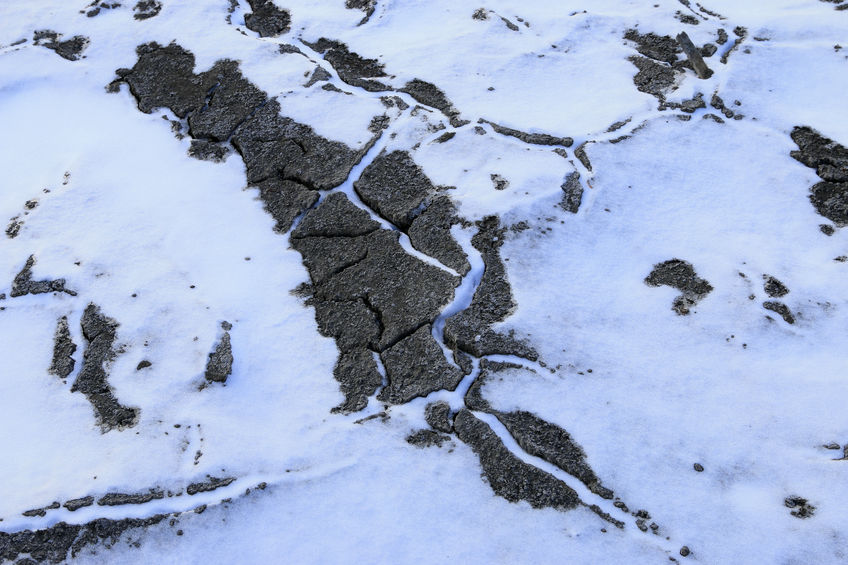Climate alarmists are resuscitating an old scare, claiming melting permafrost caused by modest global warming will accelerate the warming, thus creating rapid and runaway global warming. Objective historical data, however, conclusively debunk the scare.
An article in the April 30 edition of Nature claims, “Permafrost collapse is accelerating carbon release. The sudden collapse of thawing soils in the Arctic might double the warming from greenhouse gases released from tundra.” As a result, alarmists claim, global warming will continue to accelerate and may be irreversible absent dramatic reductions in greenhouse gas emissions.
Alarmists are piling on in response to the article.
“Carbon released into the atmosphere by the increasing loss of Arctic permafrost, combined with higher solar absorption by the Earth’s surface due to the melting of sea ice and land snow, will accelerate climate change,” states a EurekaAlert press release from Lancaster University
.
“A ‘sleeping giant’ hidden in permafrost soils in Canada and other northern regions worldwide will have important consequences for global warming,” claims the PhysOrg website.
The notion that modest warming will release frozen methane and carbon dioxide that will destabilize the climate is an old and tired scare that is thoroughly debunked by past climate history. As even the United Nations Intergovernmental Panel on Climate Change has documented (see page 202, here), many warming periods have occurred throughout the planet’s history, including several substantial warming events that raised temperatures higher than present levels. Several of these substantial warming events have occurred since the last ice age glaciation ended approximately 10,000 years ago. Yet each warming period eventually ended and was followed by a subsequent cooling period. If runaway ‘positive temperature feedbacks’ occur due to thawing permafrost, none of the subsequent cooling periods would have happened.
Ultimately, the Earth’s climate is not inherently unstable and subject to self-reinforcing temperature trends. While scientists theorize about how and why the Earth’s climate self-regulates in response to initial warming and cooling episodes (with subsequent changes in cloud cover being a likely factor, the objective data show quite clearly that the Earth’s climate tends to self-regulate. Thawing permafrost occurred during each of the past warming events, and yet the impacts from none of the resulting methane and carbon dioxide releases were sufficient to cause runaway, self-perpetuating global warming.
Consider the ‘runaway permafrost thawing’ scare just that – a self-serving and historically debunked climate scare.
